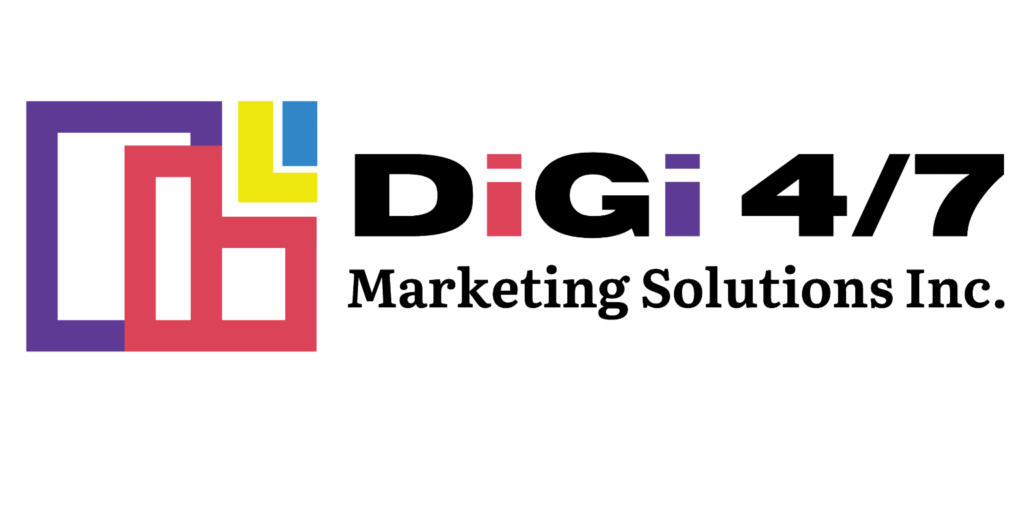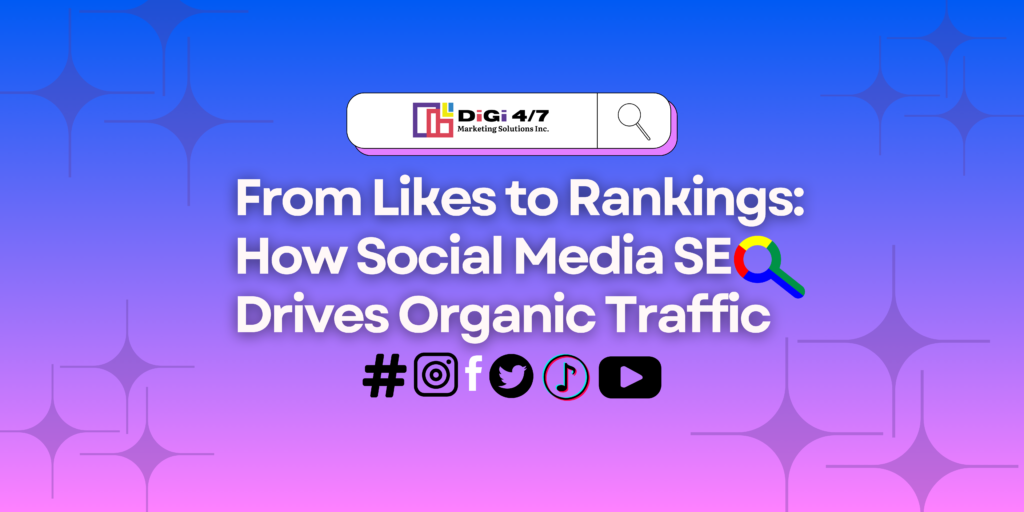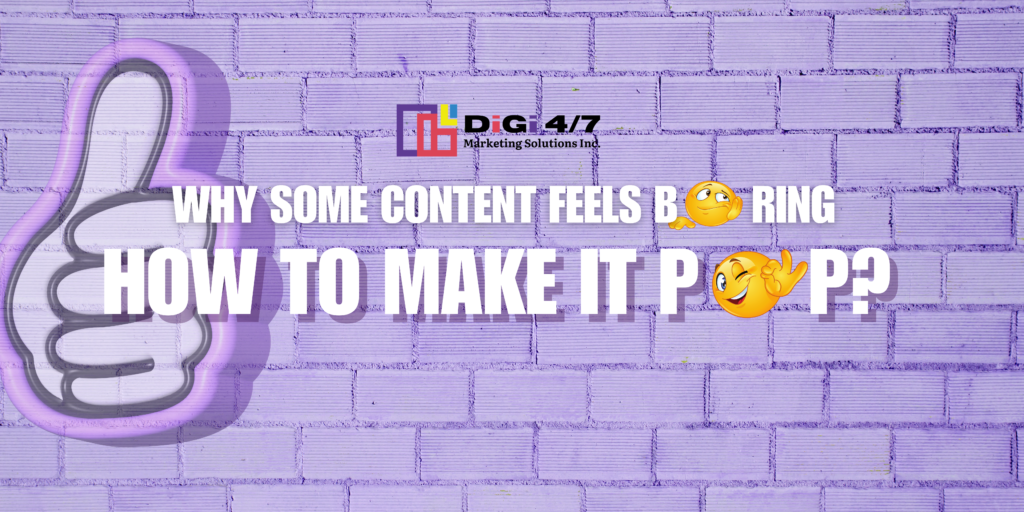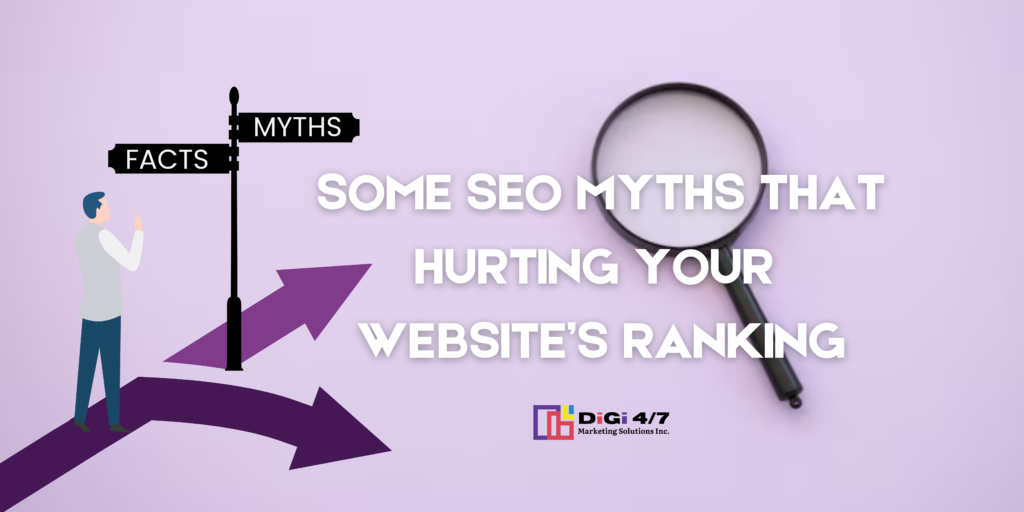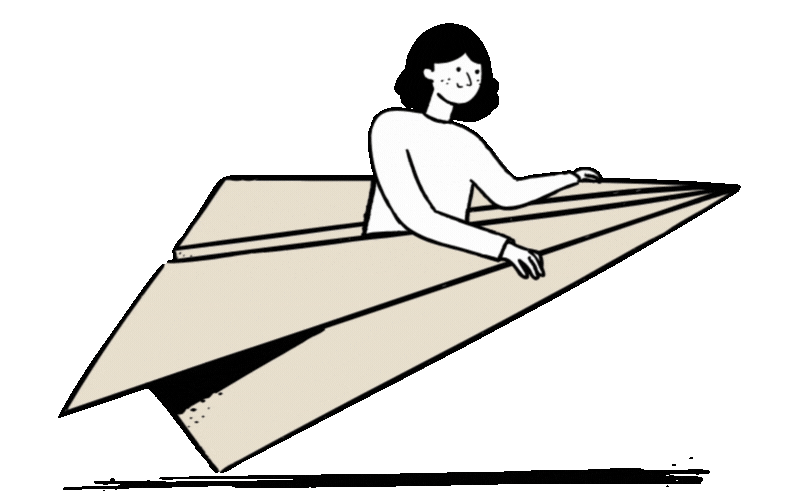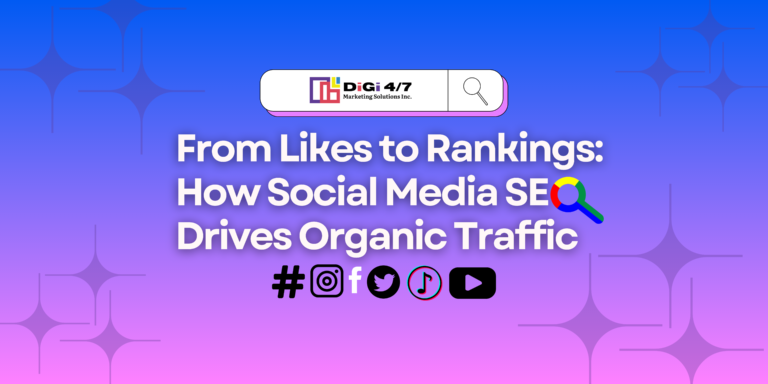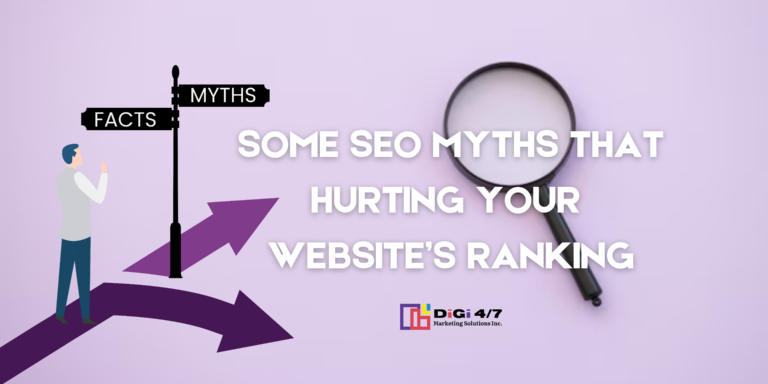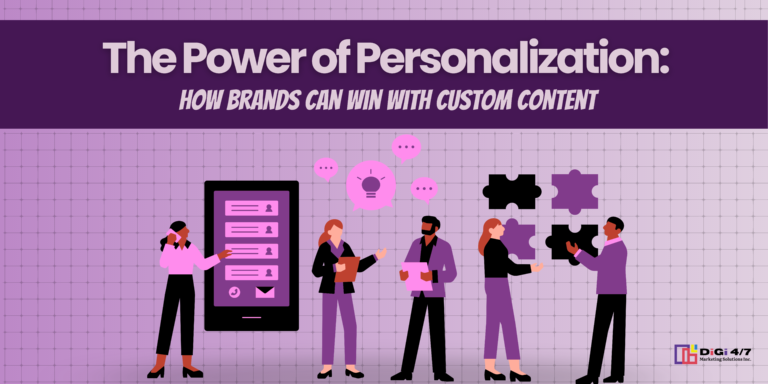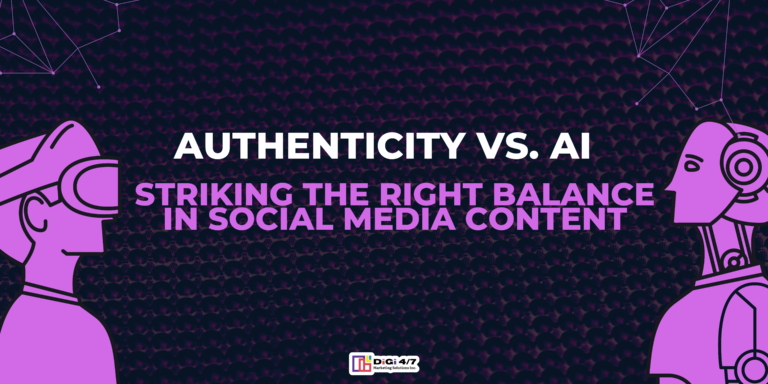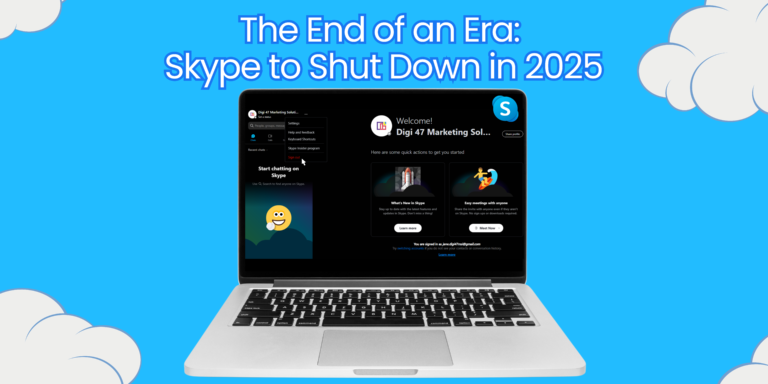Top Ads Can Now Appear at Bottom of Google Search Results After New Update
Published May 2, 2025
Key Highlights
Dual Ad Presence: High-quality ads can now appear both at the top and bottom of Google search results on the same page, maximizing visibility without “double serving” violations.
Performance-Based Placements: Ads must meet Google’s relevance and quality criteria in separate auctions for top and bottom slots, ensuring only the most helpful ads get dual placement.
Strategic Optimization Required: Advertisers should track top vs. bottom performance, focus on ad and landing-page quality, and use (but monitor) automated bidding to make the most of the additional exposure.
Google has made a small change that could really help businesses using ads. Before, if an ad was doing well, it could only show up at the top of the search results page. Now, those same high-quality ads can also appear at the bottom of the page.
This means a really good ad might show up twice, once at the top and once at the bottom, giving it a better chance to be seen by more people.
Even though it’s a simple update, it’s a big deal for advertisers. It gives them more ways to reach potential customers and encourages them to make sure their ads are helpful and relevant.
Advertisers might need to adjust their ad strategies now, since there are more chances to appear in front of people.
Google is trying to improve the experience for users while giving great ads more room to stand out.
What’s Changing With Search Ad
Placements?
Google recently updated its ad placement policy, allowing high-performing ads to appear twice on the same search results page, once at the top and again at the bottom. Previously, only one ad per advertiser could appear on a single page, in just one location.
This change means that if an ad meets Google’s quality standards and performs well, it now has the chance to show up in both key positions. This is possible because Google runs different auctions for the top and bottom spots on a search page.
During early testing, this new setup led to a 10% increase in relevant ads being shown and a 14% rise in conversions from ads placed at the bottom.
However, this doesn’t mean every ad gets double placement. Each spot must still be earned based on relevance and performance.
The update gives advertisers more visibility and encourages them to focus on creating higher-quality, more relevant ads.
How This Changes the Bigger Quality Picture
Google’s recent update to its ad system isn’t just about adding more ads, it’s about enhancing the experience for both users and advertisers.
By allowing high-quality ads to show up at the bottom of the search results, Google aims to ensure that users see relevant ads whether they click at the top or scroll to the bottom of the page.
Though this change may seem small, it could impact how advertisers approach their ad creation and bidding strategies.
It also emphasizes Google’s continued focus on quality over quantity. If an ad lacks strong copy or if the landing page experience is poor, advertisers may not benefit from this update.
However, advertisers who invest in well-designed, user-focused ads now have double the opportunity to be seen, potentially leading to more conversions.
This update also helps Google optimize ad inventory. By filling both the top and bottom ad slots with the best content, Google maximizes the value of every search without making the page feel overcrowded with ads.
Does This Conflict With Google’s Unfair Advantage Policy?
Many advertisers felt puzzled when Google changed its Unfair Advantage policy earlier this month. That policy blocks “double serving,” which happens when a single company floods one ad slot with multiple ads all linking to the same business.
Google quickly reassured everyone that the new update doesn’t break this rule, because top-of-page and bottom-of-page ads now run in separate auctions.
In other words, an ad isn’t beating out its own sibling, it’s simply earning a spot in two different parts of the page. As long as each ad stays relevant and genuinely helpful, Google says this extra visibility is perfectly fair.
What Advertisers Need To Know About This Change
Google’s latest change hands advertisers another set of tools, if they know where to look.
There’s no need to opt in; any ad that meets Google’s performance criteria will automatically start appearing at both the top and bottom of search results. However, this doesn’t mean advertisers can sit back and relax, active management is still crucial to making the most of the extra exposure.
Below are some key points to keep in mind:
- Track where your ads show up.
Use Google Ads to see if your ads appear at the top or elsewhere on the page.
Compare those numbers to find out where your ads get the most views. - Keep an eye on clicks and conversions.
See which position, top or bottom, gets more clicks and sales.
If one spot performs better, you can bid more there or tweak your ad text and images. - Focus on ad and landing page quality.
Make sure your ads match what people are searching for and lead to helpful landing pages.
Google gives better placements to ads that users find relevant and useful. - Use automated bidding, but stay involved.
Let Smart Bidding grab new placement opportunities for you.
Still, check your placement reports often to ensure it’s meeting your goals. - Measure real results, not just cheap clicks.
A bottom-of-page click might cost less, but it only matters if it leads to a sale or sign-up.
Track outcomes that drive your business forward, like leads and revenue, rather than just click counts.
Moving Forward with Better Search Ads
Google has made a new change that lets top-performing ads appear not just at the top, but also at the bottom of search results. The goal is to make the experience better for users and show more useful ads.
This update gives businesses more chances to be noticed, but it also shows how important it is to have good-quality ads and smart planning.
Advertisers who take the time to understand and adjust to this change will have a better chance of doing well as online advertising keeps changing.
For those who already focus on making helpful ads and strong landing pages, this new rule will work in their favor.
